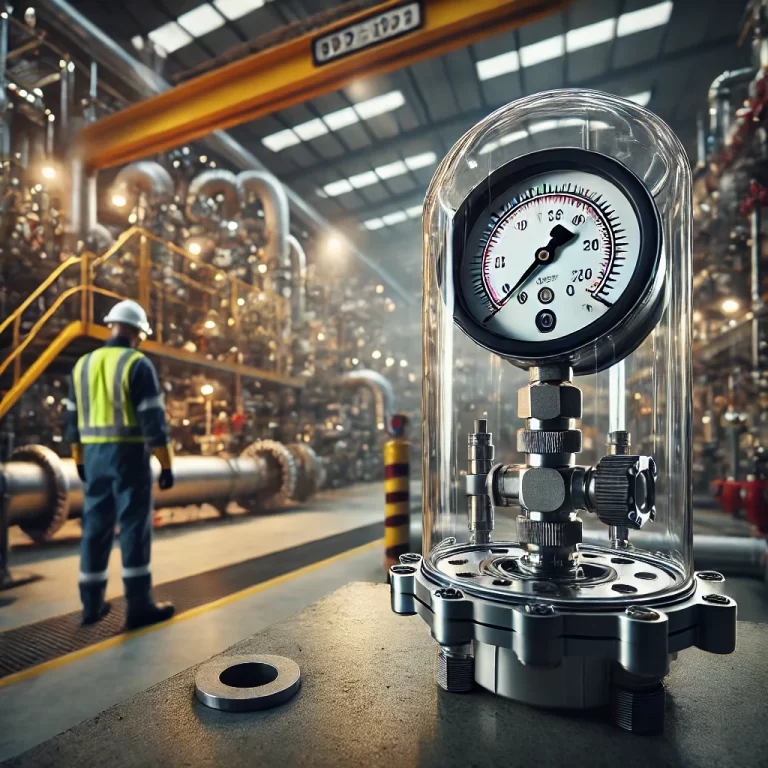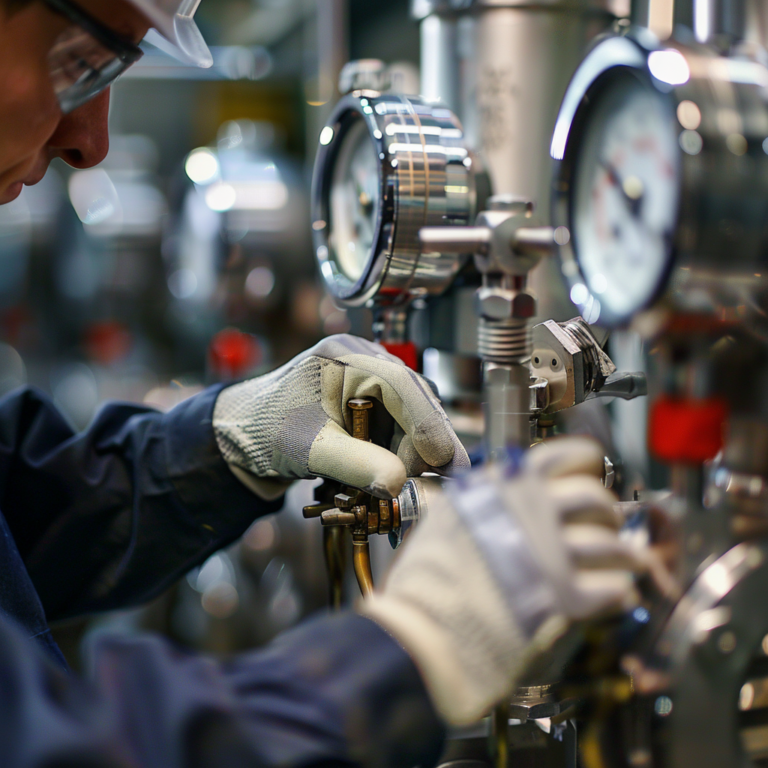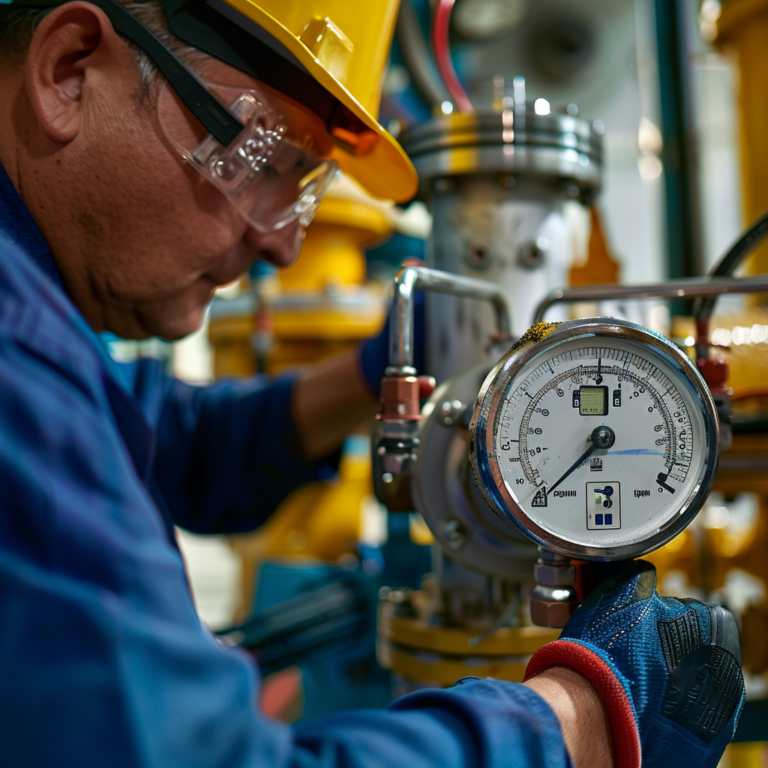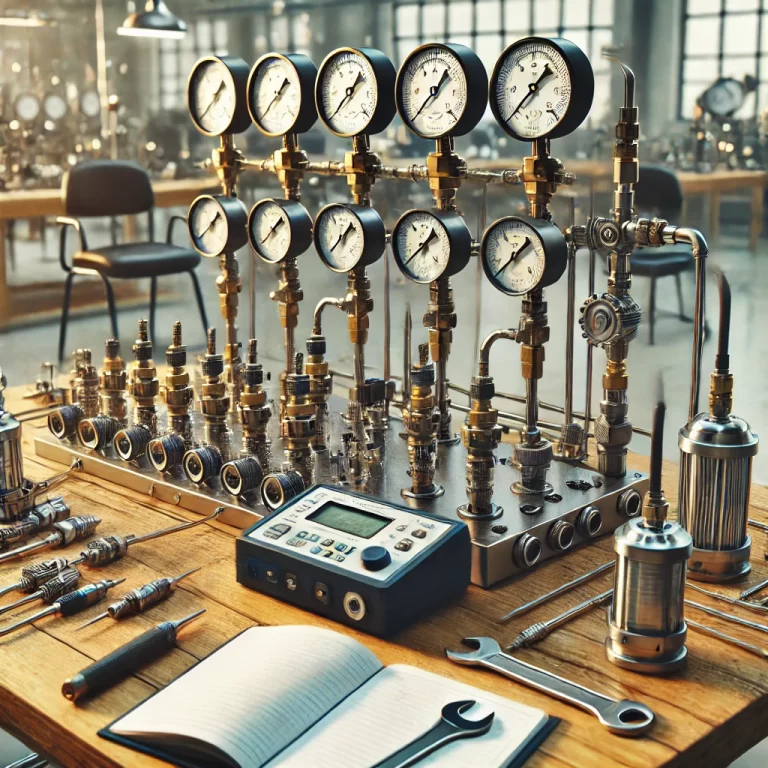In industrial applications, pressure differential flow meters are crucial for accurate flow measurement. However, there are occasions when these meters fail to provide readings, even when other equipment is operating normally. In this article, we will analyze two specific cases from the benzene breakdown workshop to understand the causes and solutions for flow meter failure. The cases we’ll focus on involve:
- No flow indication for the Xylene feed flow meter after equipment startup.
- No flow indication for the Sulfur Bed Gasbag water supply flow.
Case 1: Xylene Feed Flow Meter Showing No Reading after Equipment Restart
Problem:
After the benzene breakdown workshop underwent maintenance, the Xylene feed flow meter failed to show any readings. The maintenance technician thoroughly checked the transmitter and orifice plate measurement system but found no issues. Interestingly, after the transmitter’s drain pipe was flushed, the flow meter did show readings for a short period before it once again displayed no flow. However, a turbine flow meter, which measures the same flow, was stable, and temperature readings from the process oxidizer indicated that material had been added to the reactor.

Troubleshooting and Analysis:
The instrument maintenance technician and technical team carefully checked the entire orifice plate measurement system and eliminated any issues within the flow measurement instrumentation. This led them to suspect a problem with the material itself. A sample was taken from the orifice pressure pipe, and it was clear that there was significant stratification in the sample liquid. Upon lab analysis, it was confirmed that the Xylene had a water content of nearly 30%, which was much higher than expected.
The density difference between Xylene and water is significant (approximately 100g/L), and since the pressure pipe for the orifice plate was around 4 meters long, this density difference created a differential pressure that overpowered the pressure drop across the orifice plate, causing the flow meter to fail to show any reading.
Solution:
The technical team notified the workshop that the water content in the Xylene needed to be reduced. Once the water issue was addressed, the flow meter functioned normally after being restarted.
Case 2: Sulfur Bed Gasbag Water Supply Flow Meter Showing No Reading
Problem:
Operators noticed that the Sulfur Bed gasbag water supply flow meter was showing no reading, even though process indicators like the gasbag liquid level and reaction temperature suggested that water should be flowing.

Troubleshooting and Analysis:
The instrument technician began by discharging the positive and negative pressure chambers of the differential pressure transmitter. Upon discharging the negative pressure chamber, the transmitter gave an output, suggesting that the transmitter itself was not the issue. However, when the positive pressure chamber was discharged, the technician noticed that the piping was not flowing freely, leading to a suspicion that the positive pressure line was blocked.
To further investigate, the technician used compressed air to blow through the piping in stages. The area between the transmitter’s elliptical flange and the three-way valve assembly was clear. Similarly, the line from the three-way valve to the orifice plate’s primary valve showed no blockage. The final blockage was found at the orifice plate’s primary valve, which had become clogged. Since the valve was a needle-type shutoff valve, it could not be cleaned while the system was running, so the team requested a temporary shutdown to replace the valve.
Solution:
After shutting down the system, the team replaced the needle valve with a ball valve, which allowed for easier maintenance and prevented further blockages. The system operated normally after this replacement.
Common Causes of No Flow Indication in Differential Pressure Flow Meters
When there is no flow indication on a differential pressure flow meter, there are several potential causes to consider:
- Sampling Valve Not Open: Ensure that the sampling valve is open to allow flow through the system.
- Clogged Pressure Lines: Both the positive and negative pressure lines should be checked for blockages.
- Condensate in Steam Lines: If steam lines are involved, ensure that any condensate has fully condensed, as it can interfere with accurate measurements.
- Dirty or Blocked Draining Valve: The drain valve should be checked to ensure it is not obstructed.
- Transmitter Power Issues: Check the transmitter’s power supply and cable connections to make sure they are intact.
- Transmitter Malfunction: Internal damage to the transmitter or faulty components can prevent it from outputting a current signal.

Systematic Troubleshooting Process:
Check Display and Transmitter Output:
If the meter display shows a value below zero or no indication at all, verify that the transmitter’s power is on. Inspect for blown fuses or disconnected cables.Measure Voltage:
Use a multimeter to check the 24V DC power supply and verify that the transmitter is receiving 18-23V at the input terminals. If the voltage is “0V,” the measurement loop might be open, or there could be a short circuit.Check Connections:
Ensure that the signal connections are not loose or corroded. Tighten the terminals if necessary.Check the Zeroing and Calibration:
For newly installed or replaced transmitters, ensure the range settings are correct. If the range is set too high, the flow reading may appear as zero.Assess the Flow Path:
If the process is indeed flowing, but the transmitter outputs only around 4mA (indicating no flow), check the sampling valve, drain valve, and balance valve for issues. Blocked pressure lines or leakage in the transmitter’s high-pressure chamber could also be the cause.Test the Differential Pressure:
To check whether the transmitter is functional, the pressure differential can be temporarily increased by flushing the system, or by discharging the negative pressure line. If the transmitter reacts by changing its output, it indicates that the system is functioning correctly.

Conclusion
In both cases described, the issue with the differential pressure flow meter was traced back to either material properties (e.g., water content in Xylene) or mechanical blockages in the flow measurement system. By following a systematic troubleshooting process, it’s possible to pinpoint the root cause and restore proper operation. Regular maintenance, proper material handling, and equipment upgrades—such as replacing needle valves with ball valves—can help prevent similar issues in the future.
This approach to troubleshooting ensures that technicians can effectively address flow meter issues in complex industrial environments, minimizing downtime and maintaining process efficiency.
